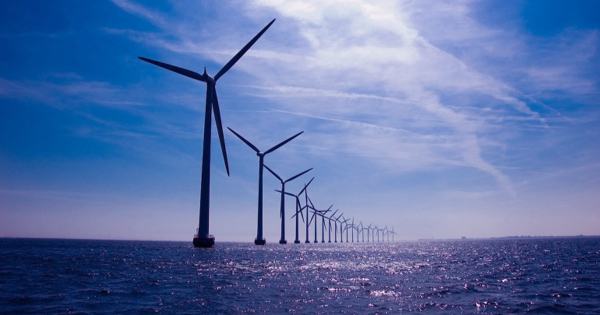A world dependent on wind and sun will need much more; skeptics of renewable energy argue that the lack of suitable places will be prevented. While the world pays attention to large batteries when considering bulk power storage, pumped hydropower does most of the work. An atlas of 530,000 potential sites reveals the challenge, although the authors acknowledge that some will not stand up to intensive visits.
When the demand exceeds the supply, the same water is allowed to run again, spinning turbines like the traditional hydropower plants that supply one-sixth of the world’s electricity. The principle of pumped hydroelectricity is elegantly simple. When there is a lot of electricity, water is pumped hundreds of meters above the low-lying reservoir.
Normally the process is not one hundred percent efficient, and lithium ion batteries generally have a higher waste reduction, but construction costs are lower than balances. Andrew Blacker, a professor at the Australian National University, told IFLScience, “A medium-sized pumped hydro site currently saves more energy than any other battery in the world, including car batteries.”
Blakers added that batteries are great for storing large amounts of energy for short spikes in demand but noted that despite the recent drop in their prices, they still have to spend five to six times as much on long-term storage like pumped hydro.
Facilities have been built in older mines, but most rely on steep hills to be able to hold the reservoirs together and achieve sufficient heights. Batteries can be installed anywhere, depending on the pumped hydro location.
Now they have spread it around the world, publishing maps of their marked locations. Each site is suitable for storing at least 2-gigawatt hours; it is enough to make a small town permanently through a windless night. In 2017, Blacker and colleagues applied satellite imagery and algorithms that can detect 22,000 Australian sites with accurate topography on applied energy-related paper.
Collectively, these sites can save 22 million gigawatt-hours. The first author, Dr. Matthew Stokes, said in a statement. Urban areas and national parks have been excluded, “We need a small fraction of the 530,000 potential sites identified to support 100 percent renewable global power systems.” Blackers have rejected the notion that many sites lack adequate water, noting that the water is endlessly recyclable. He added that the floats could ensure that evaporation could be suppressed and that even desert areas would be replenished with faster rainfall than the release of water.
The authors acknowledge that some sites will fail to be visited closely because their environmental or heritage value is too high for flooding, or porous rocks will soak up water. However, the Blackers said that even in flat and densely populated Europe there are many times more sites than before, so the best could be chosen.















